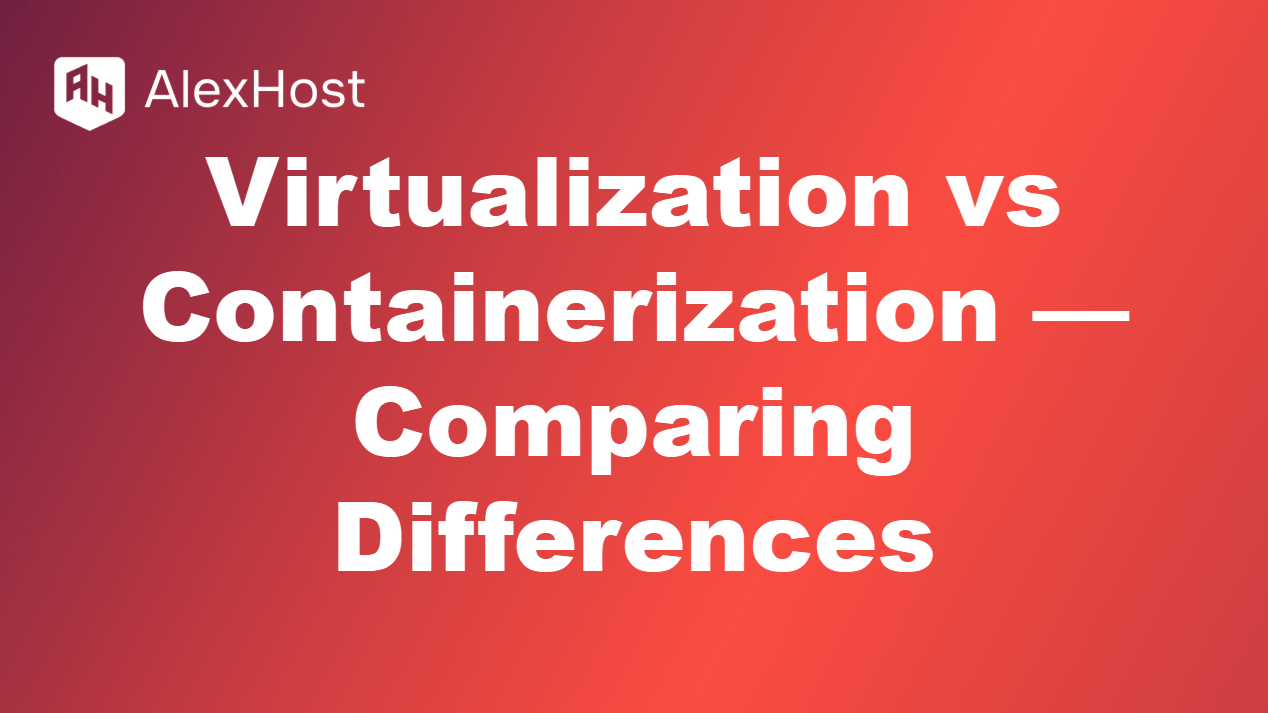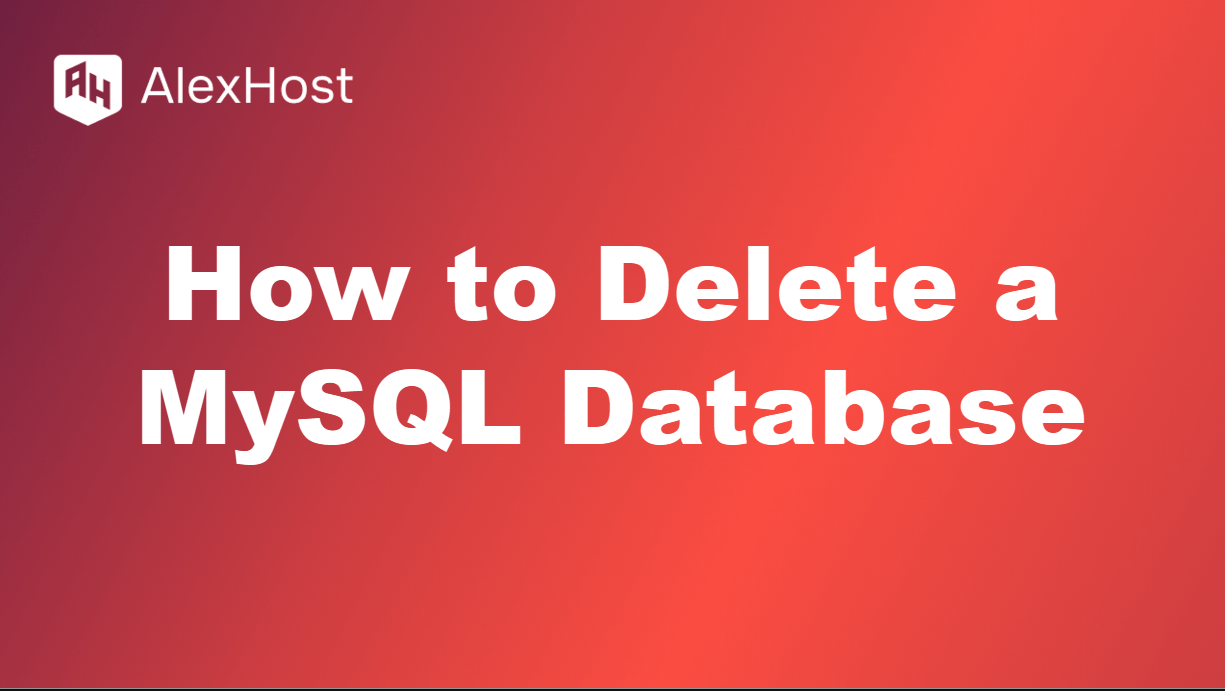The Inspect Element tool in Google Chrome is a powerful feature that allows users to view and modify a website’s HTML, CSS, and JavaScript directly from the browser. It is commonly used by web developers and designers for debugging, editing styles, testing code, and even taking a closer look at how certain website elements are […]
Read MoreOpera is one of the few browsers with a built-in VPN feature that lets you surf the web in a more secure and private mode. This VPN is completely free and requires no additional downloads or installations. It can be especially useful for accessing content that may be restricted in your area, or for an […]
Read MoreVirtualization vs. Containerization: Which is Right for You? What’s the difference between virtualization and containerization? Virtualization and containerization are game-changers for running multiple apps on a single machine, but they work differently. Whether you’re hosting a website, building apps, or developing software, choosing the right one can save time and resources. This guide breaks down their […]
Read MoreRemote Desktop Protocol (RDP) is a secure network communications protocol developed by Microsoft, allowing users to remotely access and control a Windows server. It is a powerful tool for administrators and users who need to manage a server from a different location. This guide will walk you through the process of using RDP to connect […]
Read MoreFile Transfer Protocol (FTP) is a standard method for transferring files between a local computer and a remote server. It is widely used for website management, allowing users to upload website files, update content, and manage directories on their web servers. FTP can be accessed through various clients, making it a versatile and convenient tool […]
Read MoreManaging databases is a crucial task for many web developers and system administrators. There are times when you need to delete a MySQL database, such as when you’re cleaning up old data, migrating to a new database, or removing test databases that are no longer needed. Deleting a MySQL database is a straightforward process, but […]
Read MoreUbuntu is one of the most popular Linux distributions, known for its user-friendly interface, stability, and strong community support. It is used by beginners and advanced users alike for personal computers, servers, and various specialized purposes. Before installing Ubuntu, it’s important to understand the system requirements to ensure a smooth installation process and optimal performance. […]
Read MoreThe File Manager in cPanel is a powerful and user-friendly tool that allows users to manage files and directories on their web hosting server directly through a web browser. It serves as a graphical interface for performing tasks that would otherwise require using FTP (File Transfer Protocol) clients or command-line commands. This makes it a […]
Read MoreThe internet offers a wide range of opportunities for creating websites that generate revenue. Whether you are looking to start a side hustle, build a full-time online business, or monetize your existing skills, there’s a type of website that can help you achieve your financial goals. Below are 28 different types of websites that have […]
Read MoreThe NET::ERR_CERT_DATE_INVALID error in Google Chrome and other browsers indicates that there is an issue with the SSL certificate of the website you’re trying to visit. This error often appears when the date and time on your device or the certificate itself are not synchronized, or the SSL certificate has expired. It can prevent users […]
Read More
















